Sub-Saharan Africa

Ethiopia
national flag 11 Flown by anyone.
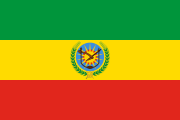
Ethiopia
state flag 22 Occasionally flown by the government.
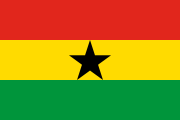
Ghana
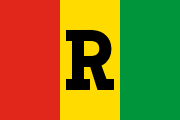
Rwanda
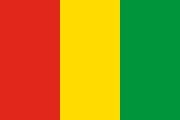
Guinea
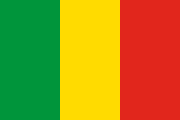
Mali

Senegal
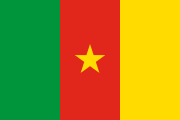
Cameroon
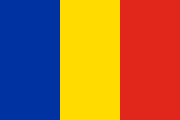
Chad
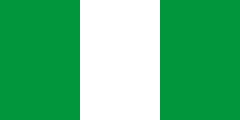
Nigeria
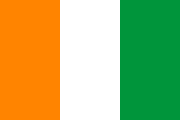
Ivory Coast
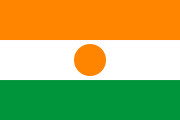
Niger
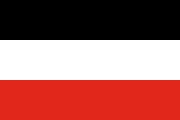
Upper Volta
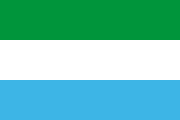
Sierra Leone

Gabon
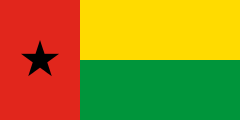
Guinea-Bissau
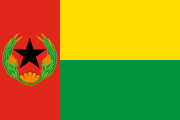
Cape Verde
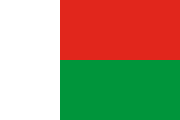
Madagascar
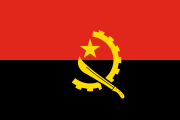
Angola
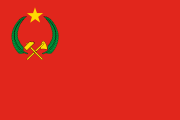
Congo
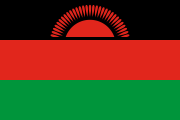
Malawi
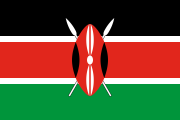
Kenya

African National Congress
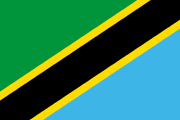
Tanzania
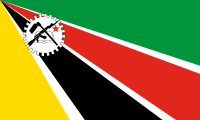
Mozambique
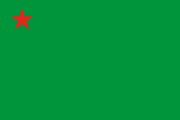
Benin
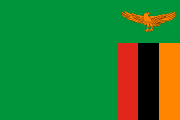
Zambia
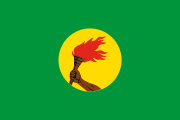
Zaire

São Tomé and Príncipe
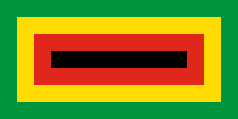
Zimbabwe
ZANU flag 33 Flag of the Zimbabwe African National Union, which sought full majority rule in the breakaway British colony of Zimbabwe Rhodesia. The territory's illegal government flew a red, white, green and black flag with a golden soapstone bird.
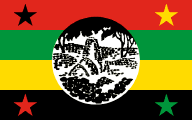
Zimbabwe
ZAPU flag 44 Flag of the Zimbabwe African People's Union, a competing liberation movement.
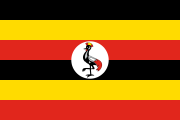
Uganda
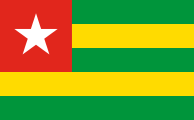
Togo
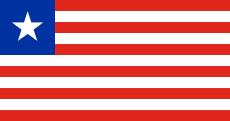
Liberia
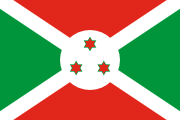
Burundi
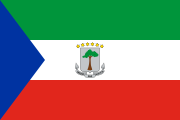
Equatorial Guinea
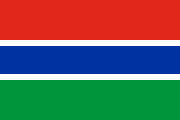
The Gambia
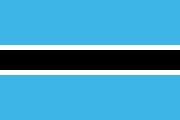
Botswana
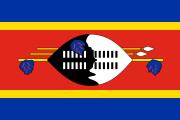
Swaziland
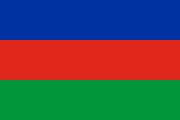
Namibia
SWAPO flag 55 Flag of the South West Africa People's Organisation, which sought independence from South Africa. Direct predecessor of the flag of Namibia. The territorial government did not have an official flag.
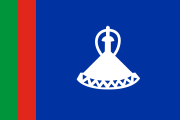
Lesotho

Central African Republic
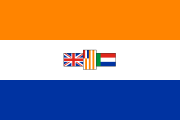
South Africa
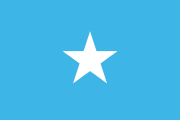
Somalia
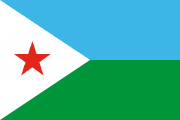
Djibouti
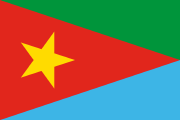
Eritrea
EPLF flag 66 Flag of the Eritrean Liberation Front, which sought independence from Ethiopia. Direct predecessor of the modern flag. The provincial government did not have an official flag.
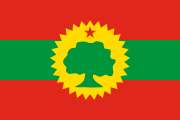
Oromia
OLF flag 77 Flag of the Oromo Liberation Front, a nationalist liberation movement within Ethiopia. Oromia did not have an official flag within Ethiopia at this time.
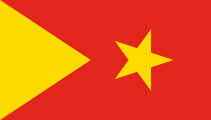
Tigray
TPLF flag 88 Flag of the Tigray People's Liberation Front, a nationalist liberation movement within Ethiopia. Direct predecessor of the modern regional flag. Tigray did not have an official flag within Ethiopia at this time.
Middle East and North Africa
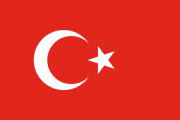
Turkey
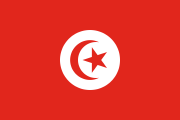
Tunisia
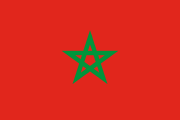
Morocco
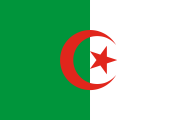
Algeria
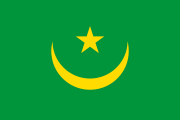
Mauritania

Libya
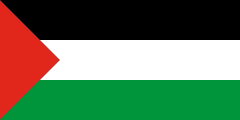
Palestine
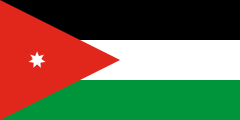
Jordan
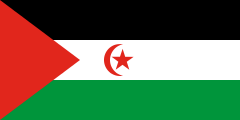
Western Sahara
Polisario flag 99 Flown by the Polisario Front and the unrecognized Sahrawi Arab Democratic Republic, which claims to be the rightful government of the disputed Western Sahara. Most of the territory is occupied by Morocco.
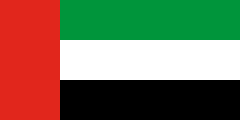
United Arab Emirates
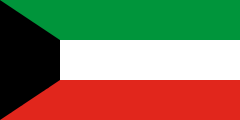
Kuwait
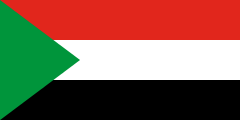
Sudan
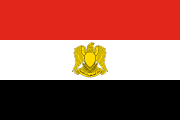
Egypt · Syria
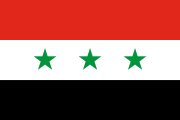
Iraq
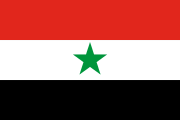
North Yemen
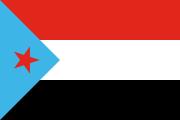
South Yemen
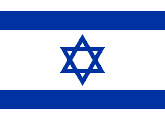
Israel
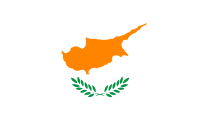
Cyprus
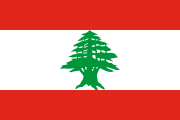
Lebanon
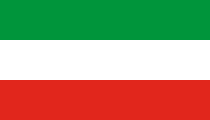
Iran
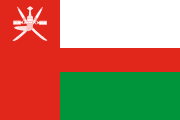
Oman
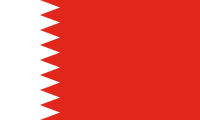
Bahrain
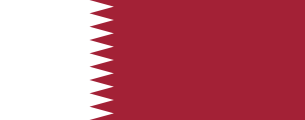
Qatar
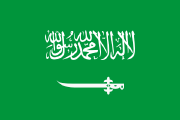
Saudi Arabia
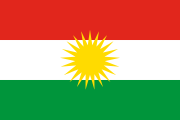
Kurdistan
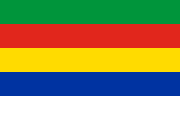
Druze
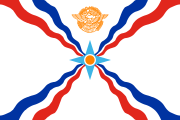
Assyrians
Western Europe
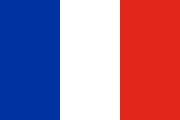
France
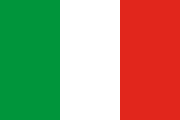
Italy
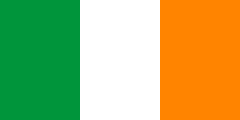
Ireland
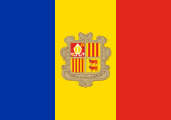
Andorra
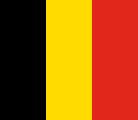
Belgium
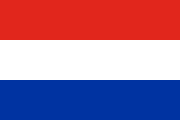
Netherlands
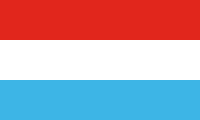
Luxembourg
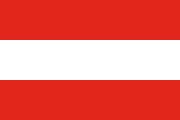
Austria
national flag 1010 Flown by private citizens and municipalities.
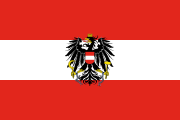
Austria
federal service flag 1111 Flown by the federal government and the armed forces.
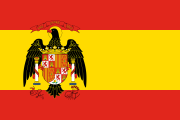
Spain
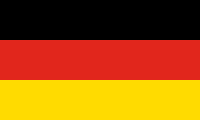
West Germany
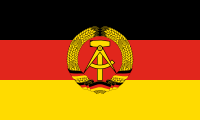
East Germany
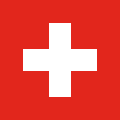
Switzerland
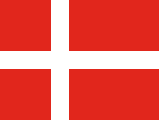
Denmark
national flag 1212 Allowed to be flown by anyone.
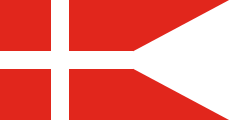
Denmark
sovereign flag 1313 Flown by the royal house, the government, and the armed forces. Also granted to a select list of private institutions and companies.
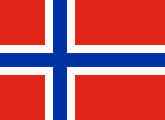
Norway
merchant flag 1414 Allowed to be flown by anyone.
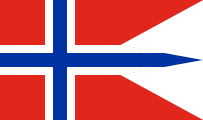
Norway
state flag 1515 Flown only on state-owned buildings and naval ships.
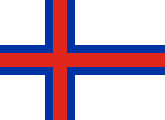
Faroe Islands
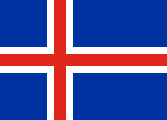
Iceland
national flag 1616 Allowed to be flown by anyone.
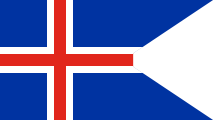
Iceland
state flag 1717 Flown on government buildings and coast guard ships.

Åland
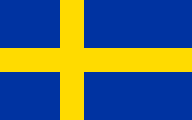
Sweden 1818 Flown for all purposes. A three-tailed version of the national flag is flown by the military.
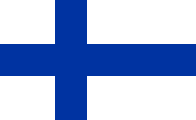
Finland
national flag 1919 Allowed to be flown by anyone.
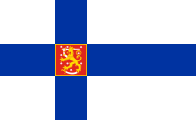
Finland
state flag 2020 Flown by the government, border guard, and public universities. The armed forces fly a version with a swallowtail cut.

Greece
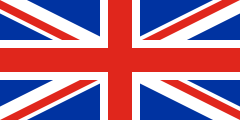
United Kingdom
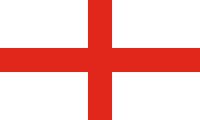
England · Guernsey
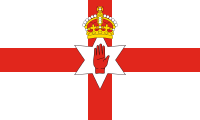
Northern Ireland
Ulster banner 2121 Northen Ireland has not had an official flag since 1973, but the Ulster Banner is still flown by some sporting teams and private citizens. More or less exclusively a unionist symbol. Nationalists tend to fly the Irish tricolour instead.
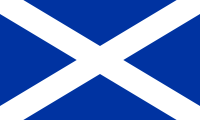
Scotland
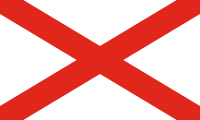
Jersey
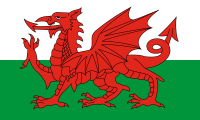
Wales
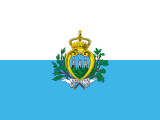
San Marino

Liechtenstein
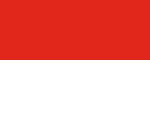
Monaco
national flag 2222 Allowed to be flown by anyone.
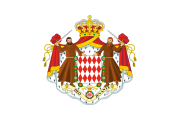
Monaco
princely flag 2323 Flown over the Prince's Palace and government buildings.
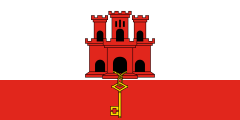
Gibraltar

Vatican City
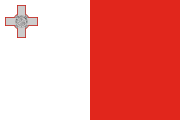
Malta
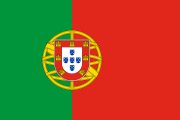
Portugal
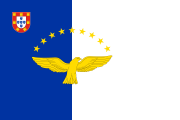
Azores
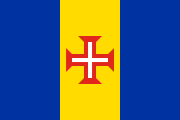
Madeira
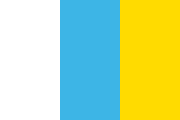
Canary Islands

Galicia
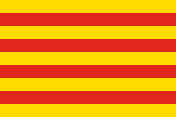
Catalonia
senyera 2424 The traditional Catalan flag, and the official flag of the Autonomous Community of Catalonia.
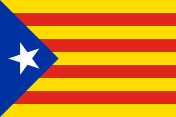
Catalonia
estelada 2525 The flag preferred by supporters of Catalan independence.

Brittany
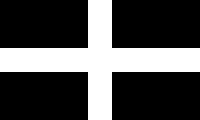
Cornwall
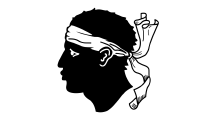
Corsica
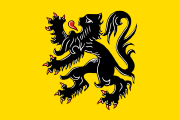
Flanders
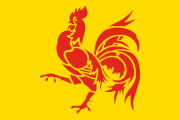
Wallonia
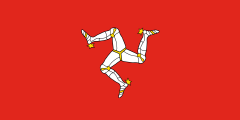
Isle of Man
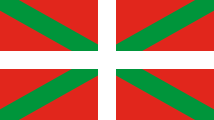
Basque Country
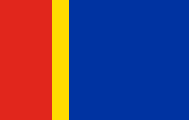
Sápmi
Eastern Europe
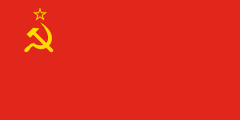
Soviet Union
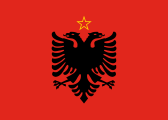
Albania
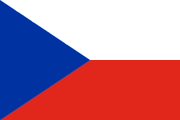
Czechoslovakia
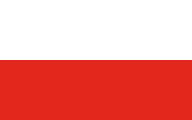
Poland
state flag 2626 Flown over the Presidential Palace, parliament, provincial legislatures, and other government buildings. Private use highly restricted.
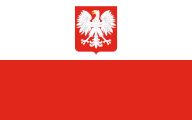
Poland
coat of arms flag 2727 Flown by embassies, airports, and merchant ships. Private use strictly banned.
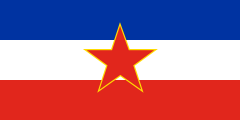
Yugoslavia
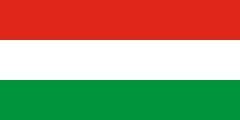
Hungary
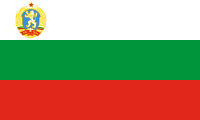
Bulgaria

Estonia 2828 Flown by the diplomatic service in exile and the Estonian disaspora. Flying the national flag was banned under the Soviet occupation.
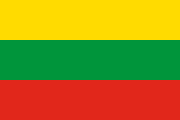
Lithuania 2929 Flown by the diplomatic service in exile and the Lithuanian disaspora. Flying the national flag was banned under the Soviet occupation.
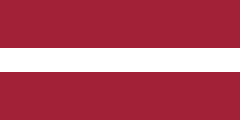
Latvia 3030 Flown by the diplomatic service in exile and the Latvian disaspora. Flying the national flag was banned under the Soviet occupation.
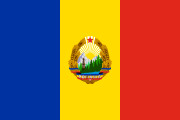
Romania
South Asia and the Indian Ocean
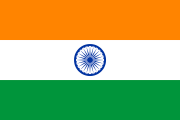
India
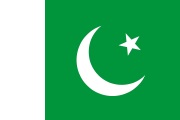
Pakistan

Bangladesh
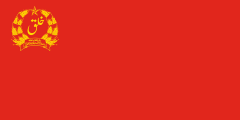
Afghanistan

Nepal
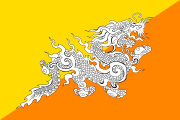
Bhutan
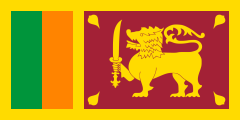
Sri Lanka
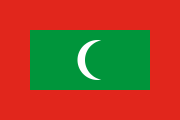
Maldives
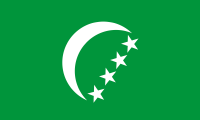
Comoros
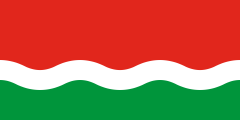
Seychelles
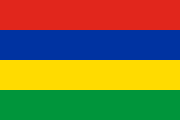
Mauritius
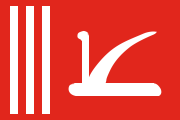
Jammu and Kashmir 3232 Flown in the Indian-controlled parts of the disputed region of Kashmir.
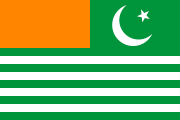
Azad Kashmir 3333 Flown in the Pakistan-controlled parts of the disputed region of Kashmir.
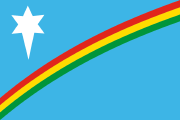
Nagaland 3434 Flown by nationalists and separatists. The Indian state of Nagaland does not have an official flag.
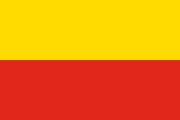
Kannada 3535 The popular but unofficial flag of the Kannada people. The Indian state of Karnataka does not have an official flag.
East, Central and Southeast Asia

Japan
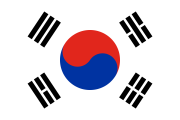
South Korea

North Korea
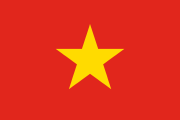
Vietnam
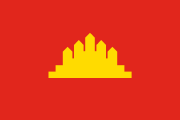
Kampuchea 3636 Flown by the partially-recognized People's Republic of Kampuchea, the Vienamese client state in Phnom Penh.
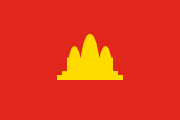
Kampuchea
Khmer Rouge flag 3737 Flown by the Khmer Rouge government-in-exile, which retained control of Cambodia's UN seat.

China
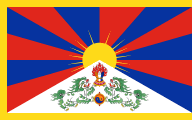
Tibet

Mongolia
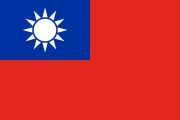
Taiwan 3838 The flag of the Republic of China, the government of Taiwan. Banned on the mainland, as the People's Republic of China claimed sovereignty over the island.
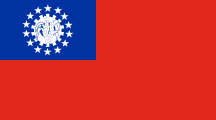
Burma
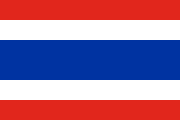
Thailand
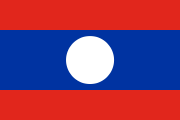
Laos
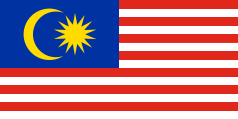
Malaysia
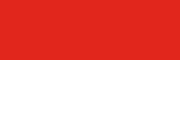
Indonesia
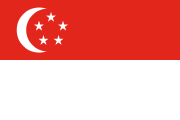
Singapore
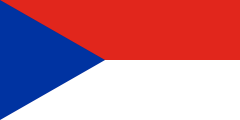
Sarawak

Philippines
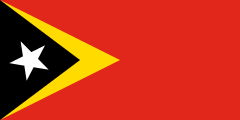
East Timor 3939 Flown by nationalists seeking the indpenedence of Timor-Leste. Under Indonesian occupation, flying the flag was illegal. The rarely-used official flag of "Timor Timur" was orange with the provincial seal in the middle.
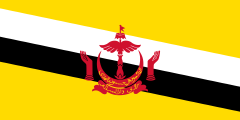
Brunei
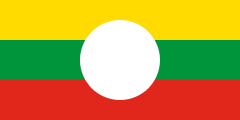
Shan
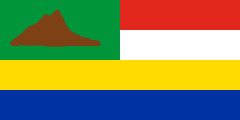
Sabah
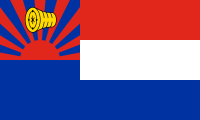
Karen 4040 Flown by Karen nationalists seeking independence and separation from Burma.

East Turkestan 4141 The national flag of the Uyghur people, banned within the People's Republic of China. Xinjiang Region does not have an official flag.
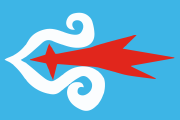
Ainu
Oceania
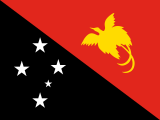
Papua New Guinea
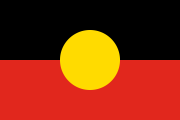
Aboriginal Australians

Australia
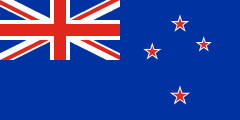
New Zealand
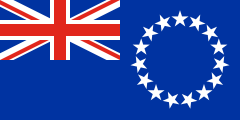
Cook Islands
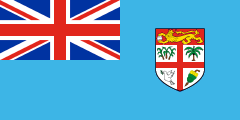
Fiji
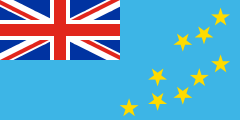
Tuvalu
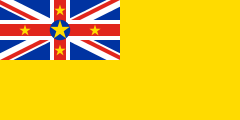
Niue
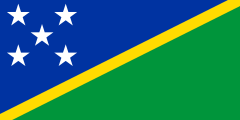
Solomon Islands
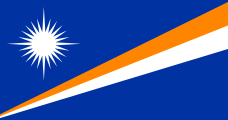
Marshall Islands
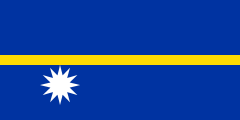
Nauru
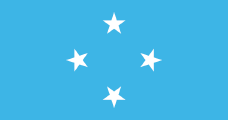
Micronesia
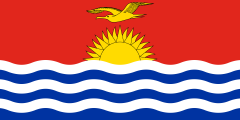
Kiribati
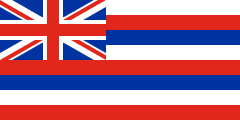
Hawaiʻi

Western Samoa

Tonga
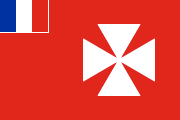
Wallis and Futuna
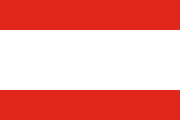
Tahiti
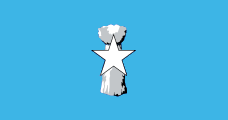
Northern Mariana Islands
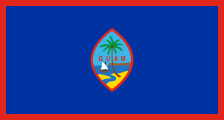
Guam

American Samoa
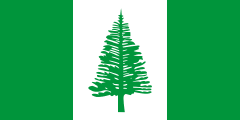
Norfolk Island
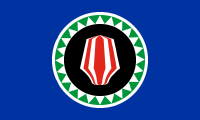
Bougainville
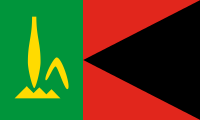
Vanua'aku 4242 Flown by the Vanua'aku Pati and the People's Provisional Government, which pushed for the independence of what would become Vanuatu. The Anglo-French condominium in the New Hebrides did not have an official flag.
North America
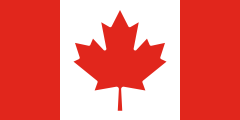
Canada

United States
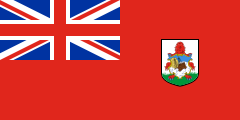
Bermuda
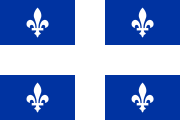
Québec
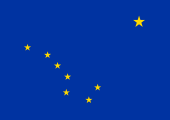
Alaska
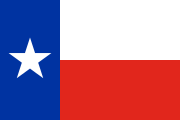
Texas
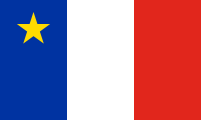
Acadia
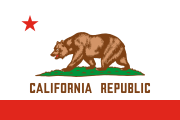
California
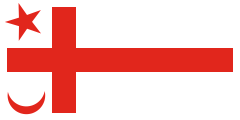
Mi’kmaq
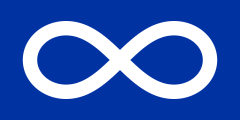
Métis
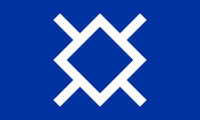
Northern Cheyenne
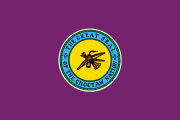
Choctaw
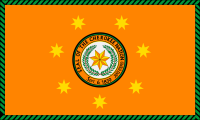
Cherokee
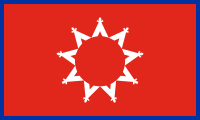
Oglala Lakota
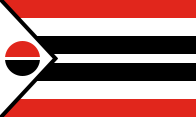
Arapaho
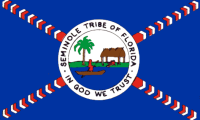
Seminole

Navajo
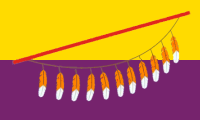
Papago
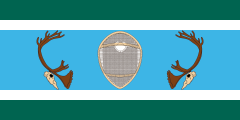
Innu
The Caribbean
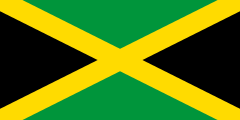
Jamaica
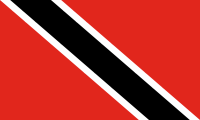
Trinidad and Tobago
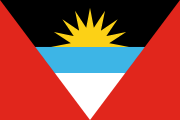
Antigua
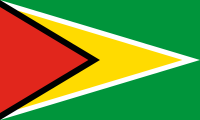
Guyana
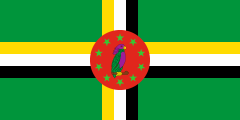
Dominica
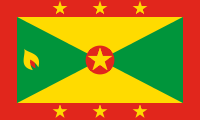
Grenada
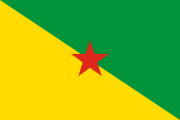
Guyane
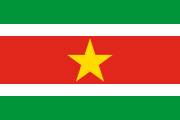
Suriname
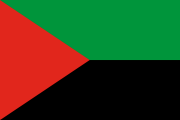
Martinique 4343 An unofficial flag flown by Martinican nationalists and occasionally by local municipalities.
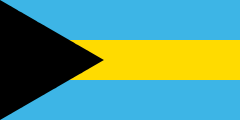
The Bahamas

Aruba
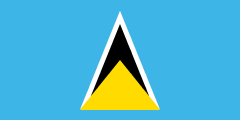
Saint Lucia
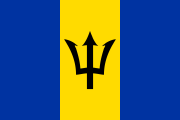
Barbados
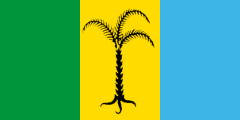
Saint Christopher-Nevis-Anguilla
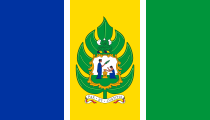
Saint Vincent and the Grenadines
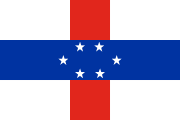
Netherlands Antilles
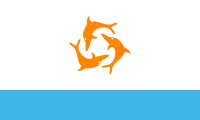
Anguilla 4444 The unofficial but popular cultural flag of the island.
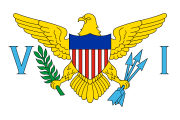
Virgin Islands (U.S.)
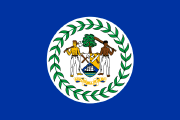
Belize
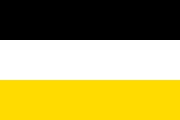
Garifuna
Latin America
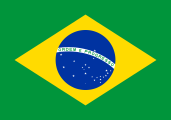
Brazil
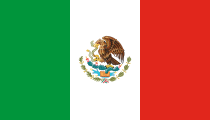
Mexico
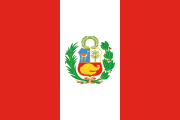
Peru
national ensign 4545 Flown by the government, the navy, the national police, and national sports teams. Raised at major ceremonies. The army uses a similar flag with a different coat of arms.
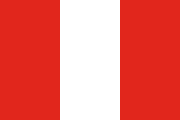
Peru
national flag 4646 Allowed to be flown by anyone.
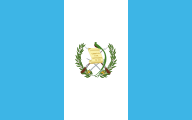
Guatemala
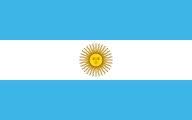
Argentina
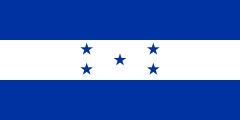
Honduras

Nicaragua

El Salvador
national flag 4747 The most common flag, flown over most government buildings, at ceremonies, by diplomatic missions and often by public citizens.
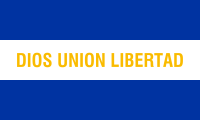
El Salvador
inscribed flag 4848 An alternative government flag, most commonly flown by the armed forces but also on some public buildings and offices.
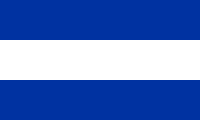
El Salvador
plain flag 4949 The simplest version of the national flag, flown by some private citizens.
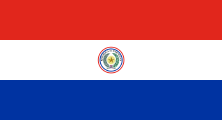
Paraguay
front side
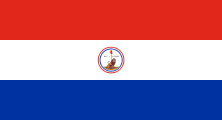
Paraguay
back side
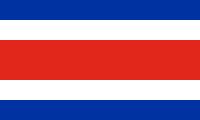
Costa Rica
national flag 5050 The most common Costa Rican flag. Officially designated for private citizens, but in practice often used on government buildings and schools too.
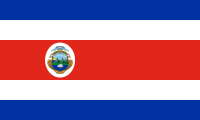
Costa Rica
national ensign 5151 Flown by the government and by diplomatic missions, although also used sometimes by private citizens.
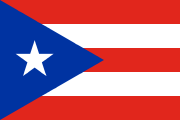
Puerto Rico

Cuba
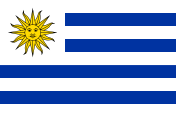
Uruguay
national flag 5252 Allowed to be flown by anyone.
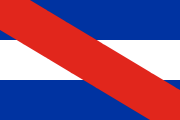
Uruguay
flag of Artigas 5353 A traditional military emblem, ceremonially flown alongside the national flag at government buildings.

Uruguay
flag of the Treinta y Tres 5454 A historic flag, ceremonially flown alongside the national flag at government buildings.
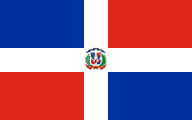
Dominican Republic
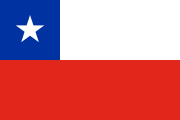
Chile
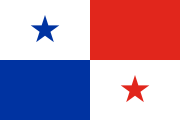
Panama
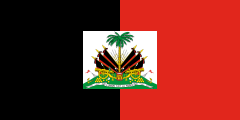
Haiti

Venezuela
national ensign 5555 Flown by the government and armed forces, and unofficially used by many private citizens.
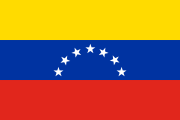
Venezuela
national flag 5656 Allowed to be flown by anyone.
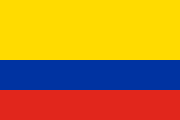
Colombia
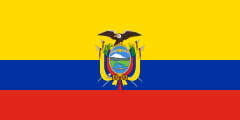
Ecuador
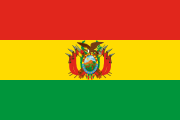
Bolivia
state flag 5757 Flown by the governmnent. The armed forces flew a similar flag with olive and laurel branches around the coat of arms.
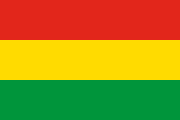
Bolivia
national flag 5858 Allowed to be flown by anyone.
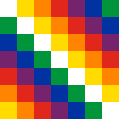
Aymara
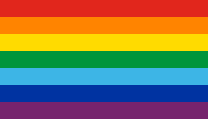
Quechua
Other International and Cultural Flags
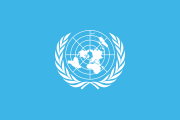
United Nations
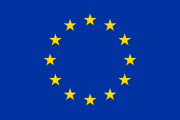
Europe
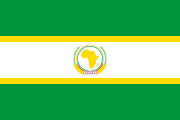
Organization of African Unity
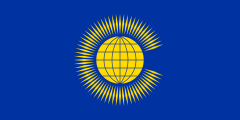
Commonwealth of Nations
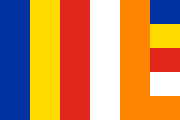
Buddhist Flag
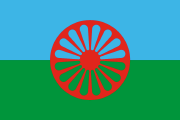
Romani
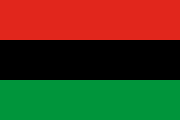
Pan-African Flag
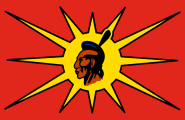
Warrior Flag
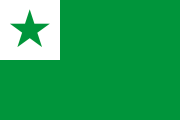
Esperanto

Red Cross
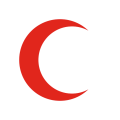
Red Crescent

Red Lion and Sun
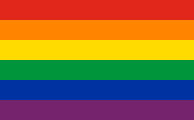
Pride Flag
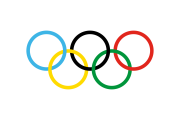
Olympic Games
Events of 1979
AZORES • On April 10, the Azores adopted a flag which was heavily inspired by the old blue and white flag of the Portuguese monarchy.

CENTRAL AFRICAN REPUBLIC • Bokassa I of the Central African Empire was overthrown on September 21 and the Central African Republic was restored.

CHOCTAW • The Choctaw Nation adopted a flag in the 1970s, possibly coinciding with the adoption of its constitution in 1979. The design was based on the flag flown by Confederate-allied Choctaw cavalry during the American Civil War.

COOK ISLANDS • On August 4, the Cook Islands adopted a new blue ensign with the ring of stars from its previous flag in the fly.
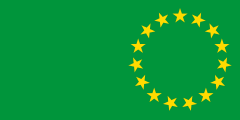


EQUATORIAL GUINEA • On August 21, the original national flag was readopted following the ousting of Francisco Macías Nguema.
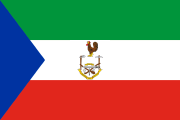


IRAN • Ayatollah Khomeini declared the creation of a provisional revolutionary government on February 5. Its flag was a plain tricolour without the traditional lion and sun symbol.
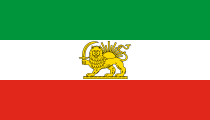


KAMPUCHEA • The Vietnamese army entered Phnom Penh on January 7, and the following day the People's Republic of Kampuchea was established. The new regime adopted the 1945 flag of the Khmer Issarak independence movement, which featured a five-tower depiction of Angkor Wat. The old government was forced into exile but retained international recognition under the three-tower flag.


KIRIBATI • The Gilbert Islands became independent from the United Kingdom as Kiribati on July 12.

MARSHALL ISLANDS • On May 1, the Marshall Islands became self-governing under United Nations trusteeship. The new Republic's flag was designed by Emlain Kabua, who would become First Lady later that year.

MICRONESIA • On May 10, the Federated States of Micronesia was established under United Nations trusteeship.

NORFOLK ISLAND • Norfolk Island adopted a territorial flag depicting a Norfolk pine on June 6.

PRIDE FLAG • The original 8-stripe pride flag was reduced to 6 stripes at the 1979 San Francisco Pride Parade to make it easier to manufacture.
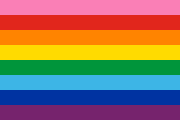


SAINT LUCIA • The British associated state of Saint Lucia became fully independent on March 1 under a slightly modified flag.
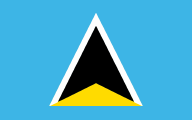


SAINT VINCENT AND THE GRENADINES • On October 27, the British associated state of Saint Vincent became independent as Saint Vincent and the Grenadines and adopted a new flag with a large breadfruit leaf on it.
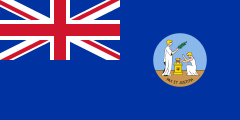


ZIMBABWE • The unrecognized Rhodesian government (now calling itself "Zimbabwe Rhodesia") adopted a new flag on September 2 to symbolize its transition to a multi-racial democracy. (Not pictured above.) The new government was unable to gather any international support and later that year the country officially reverted to British rule.

Notes
1 Flown by anyone. ↩
2 Occasionally flown by the government. ↩
3 Flag of the Zimbabwe African National Union, which sought full majority rule in the breakaway British colony of Zimbabwe Rhodesia. The territory's illegal government flew a red, white, green and black flag with a golden soapstone bird. ↩
4 Flag of the Zimbabwe African People's Union, a competing liberation movement. ↩
5 Flag of the South West Africa People's Organisation, which sought independence from South Africa. Direct predecessor of the flag of Namibia. The territorial government did not have an official flag. ↩
6 Flag of the Eritrean Liberation Front, which sought independence from Ethiopia. Direct predecessor of the modern flag. The provincial government did not have an official flag. ↩
7 Flag of the Oromo Liberation Front, a nationalist liberation movement within Ethiopia. Oromia did not have an official flag within Ethiopia at this time. ↩
8 Flag of the Tigray People's Liberation Front, a nationalist liberation movement within Ethiopia. Direct predecessor of the modern regional flag. Tigray did not have an official flag within Ethiopia at this time. ↩
9 Flown by the Polisario Front and the unrecognized Sahrawi Arab Democratic Republic, which claims to be the rightful government of the disputed Western Sahara. Most of the territory is occupied by Morocco. ↩
10 Flown by private citizens and municipalities. ↩
11 Flown by the federal government and the armed forces. ↩
12 Allowed to be flown by anyone. ↩
13 Flown by the royal house, the government, and the armed forces. Also granted to a select list of private institutions and companies. ↩
14 Allowed to be flown by anyone. ↩
15 Flown only on state-owned buildings and naval ships. ↩
16 Allowed to be flown by anyone. ↩
17 Flown on government buildings and coast guard ships. ↩
18 Flown for all purposes. A three-tailed version of the national flag is flown by the military. ↩
19 Allowed to be flown by anyone. ↩
20 Flown by the government, border guard, and public universities. The armed forces fly a version with a swallowtail cut. ↩
21 Northen Ireland has not had an official flag since 1973, but the Ulster Banner is still flown by some sporting teams and private citizens. More or less exclusively a unionist symbol. Nationalists tend to fly the Irish tricolour instead. ↩
22 Allowed to be flown by anyone. ↩
23 Flown over the Prince's Palace and government buildings. ↩
24 The traditional Catalan flag, and the official flag of the Autonomous Community of Catalonia. ↩
25 The flag preferred by supporters of Catalan independence. ↩
26 Flown over the Presidential Palace, parliament, provincial legislatures, and other government buildings. Private use highly restricted. ↩
27 Flown by embassies, airports, and merchant ships. Private use strictly banned. ↩
28 Flown by the diplomatic service in exile and the Estonian disaspora. Flying the national flag was banned under the Soviet occupation. ↩
29 Flown by the diplomatic service in exile and the Lithuanian disaspora. Flying the national flag was banned under the Soviet occupation. ↩
30 Flown by the diplomatic service in exile and the Latvian disaspora. Flying the national flag was banned under the Soviet occupation. ↩
31 Banned within the People's Republic of China. The Tibet Autonomous Region does not have an official flag. ↩
32 Flown in the Indian-controlled parts of the disputed region of Kashmir. ↩
33 Flown in the Pakistan-controlled parts of the disputed region of Kashmir. ↩
34 Flown by nationalists and separatists. The Indian state of Nagaland does not have an official flag. ↩
35 The popular but unofficial flag of the Kannada people. The Indian state of Karnataka does not have an official flag. ↩
36 Flown by the partially-recognized People's Republic of Kampuchea, the Vienamese client state in Phnom Penh. ↩
37 Flown by the Khmer Rouge government-in-exile, which retained control of Cambodia's UN seat. ↩
38 The flag of the Republic of China, the government of Taiwan. Banned on the mainland, as the People's Republic of China claimed sovereignty over the island. ↩
39 Flown by nationalists seeking the indpenedence of Timor-Leste. Under Indonesian occupation, flying the flag was illegal. The rarely-used official flag of "Timor Timur" was orange with the provincial seal in the middle. ↩
40 Flown by Karen nationalists seeking independence and separation from Burma. ↩
41 The national flag of the Uyghur people, banned within the People's Republic of China. Xinjiang Region does not have an official flag. ↩
42 Flown by the Vanua'aku Pati and the People's Provisional Government, which pushed for the independence of what would become Vanuatu. The Anglo-French condominium in the New Hebrides did not have an official flag. ↩
43 An unofficial flag flown by Martinican nationalists and occasionally by local municipalities. ↩
44 The unofficial but popular cultural flag of the island. ↩
45 Flown by the government, the navy, the national police, and national sports teams. Raised at major ceremonies. The army uses a similar flag with a different coat of arms. ↩
46 Allowed to be flown by anyone. ↩
47 The most common flag, flown over most government buildings, at ceremonies, by diplomatic missions and often by public citizens. ↩
48 An alternative government flag, most commonly flown by the armed forces but also on some public buildings and offices. ↩
49 The simplest version of the national flag, flown by some private citizens. ↩
50 The most common Costa Rican flag. Officially designated for private citizens, but in practice often used on government buildings and schools too. ↩
51 Flown by the government and by diplomatic missions, although also used sometimes by private citizens. ↩
52 Allowed to be flown by anyone. ↩
53 A traditional military emblem, ceremonially flown alongside the national flag at government buildings. ↩
54 A historic flag, ceremonially flown alongside the national flag at government buildings. ↩
55 Flown by the government and armed forces, and unofficially used by many private citizens. ↩
56 Allowed to be flown by anyone. ↩
57 Flown by the governmnent. The armed forces flew a similar flag with olive and laurel branches around the coat of arms. ↩
58 Allowed to be flown by anyone. ↩